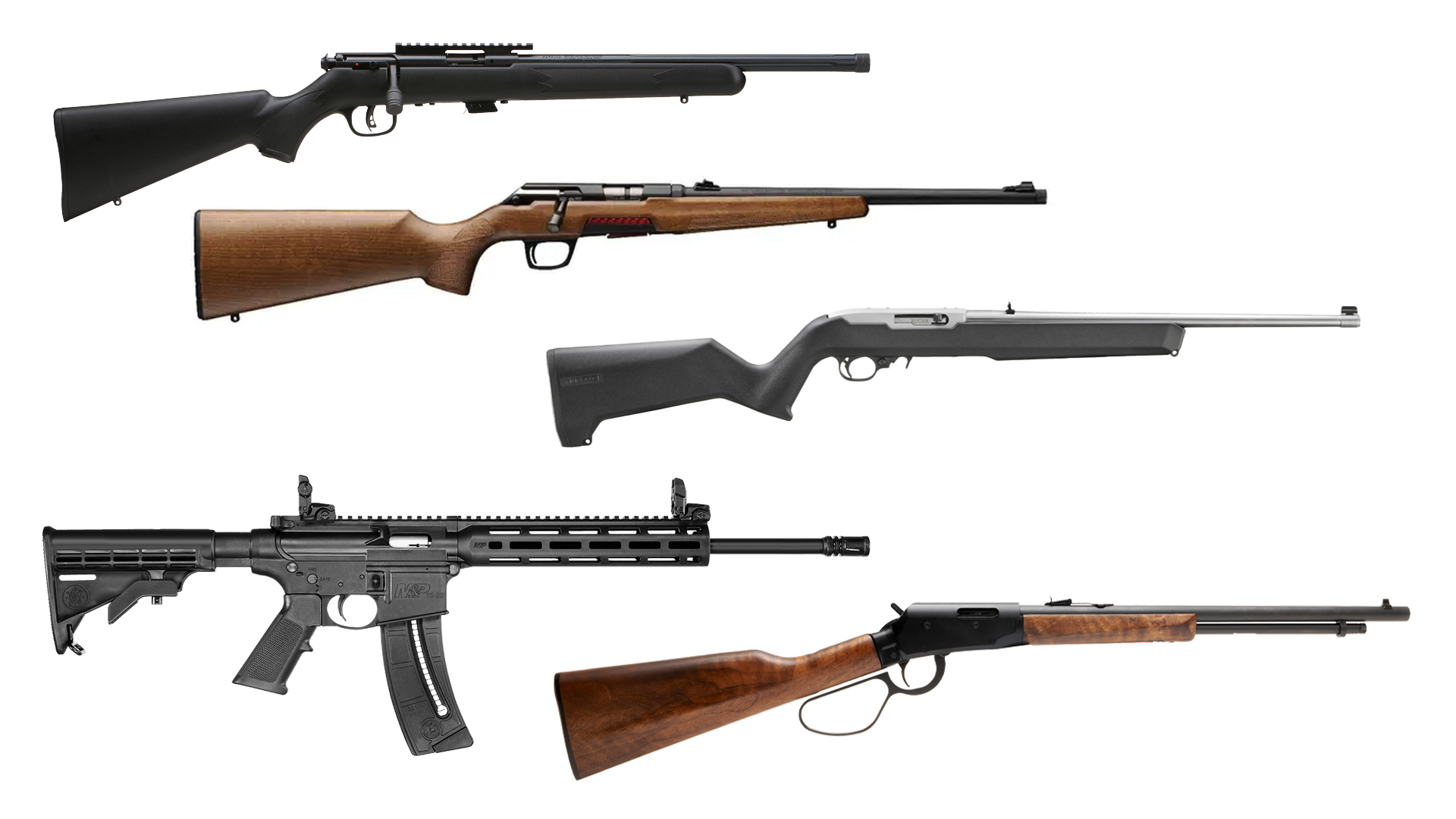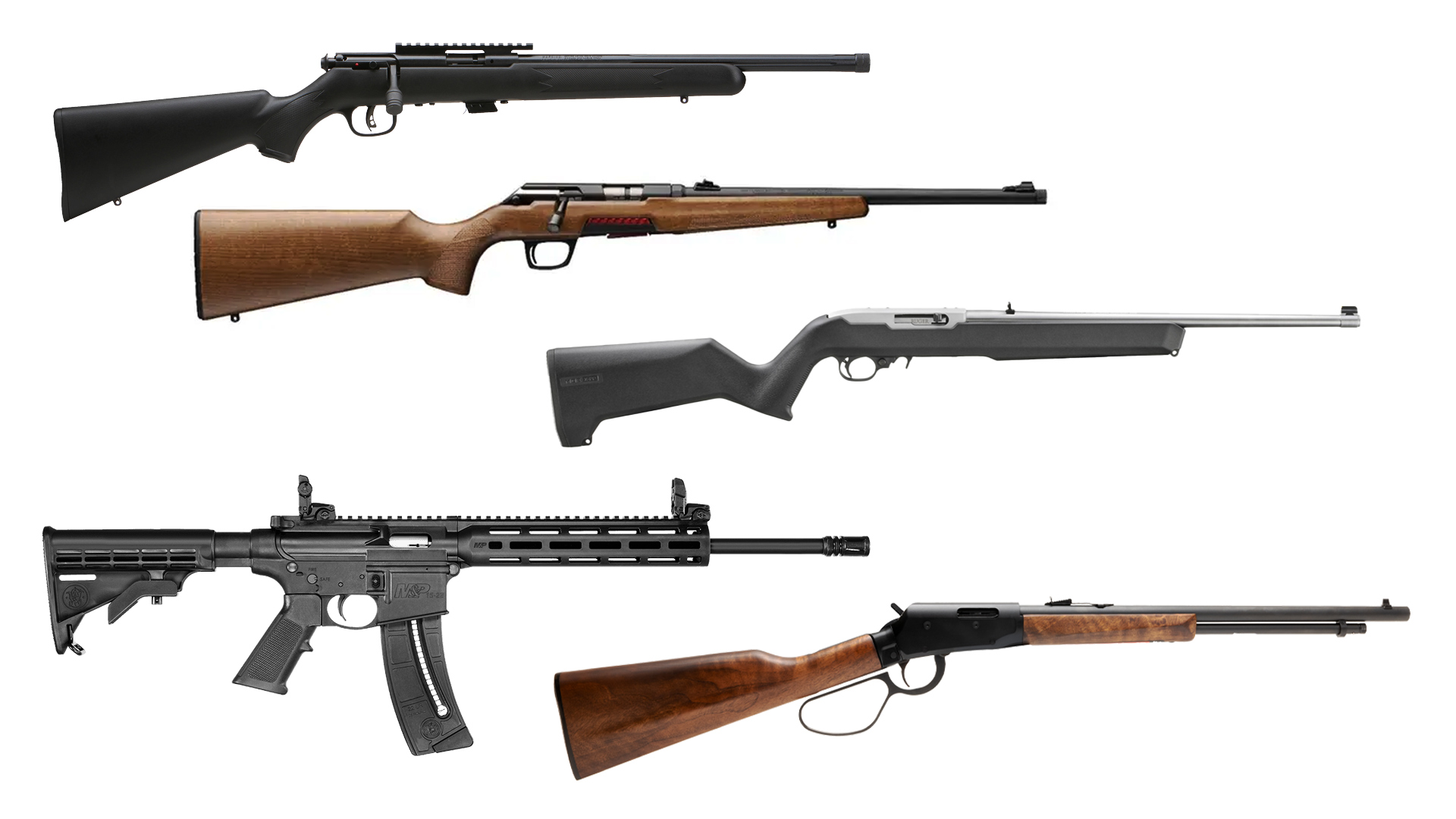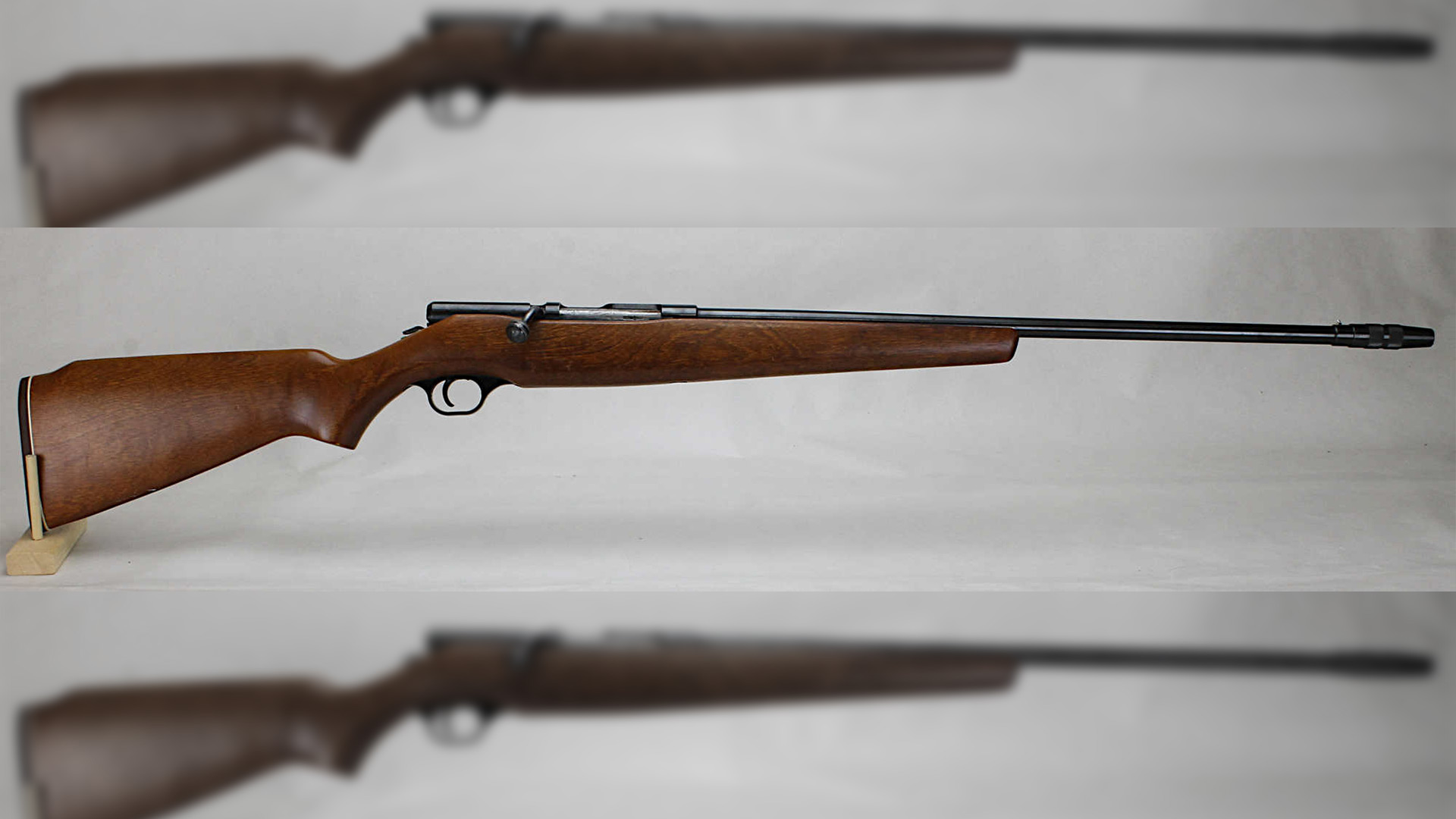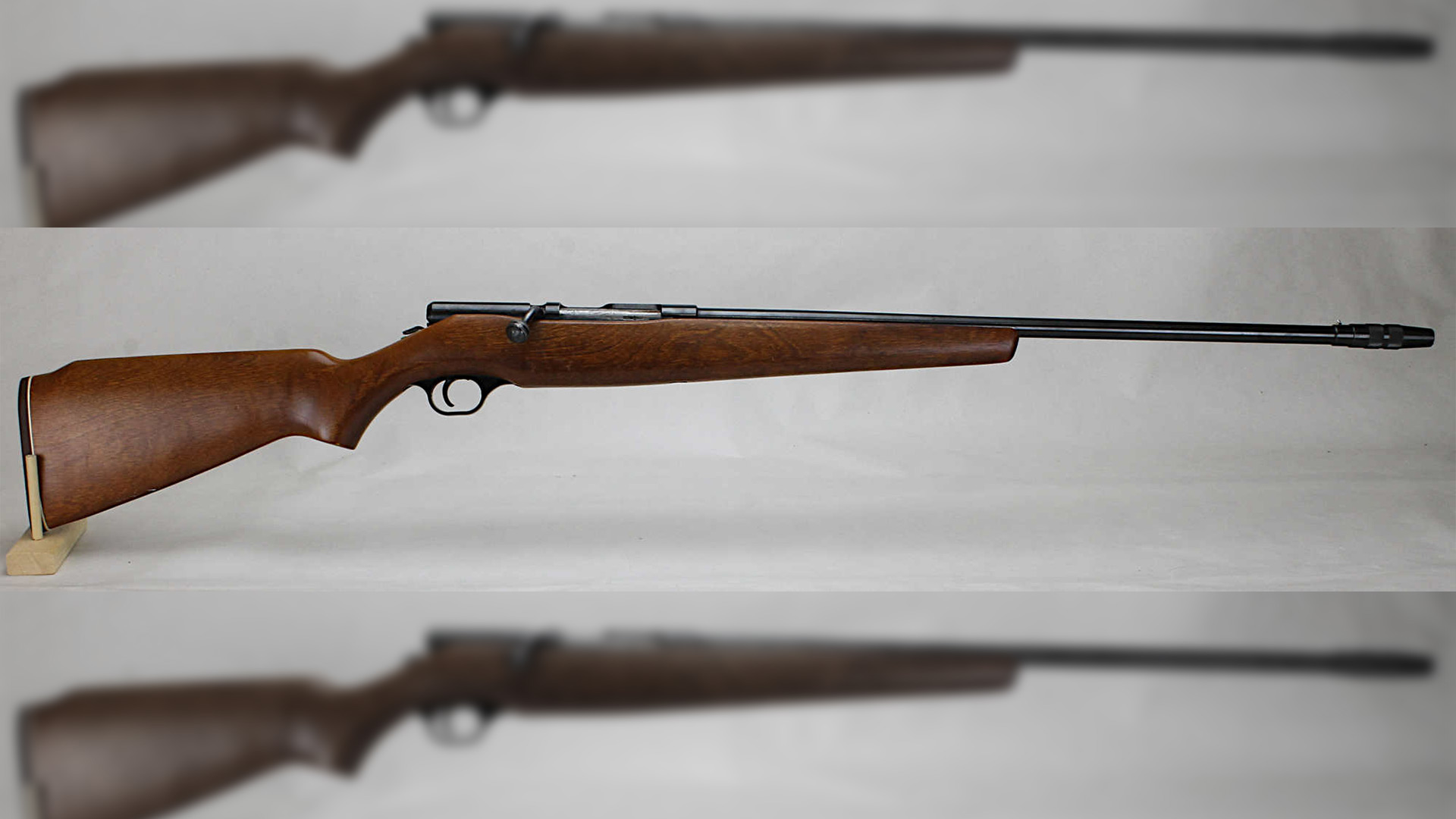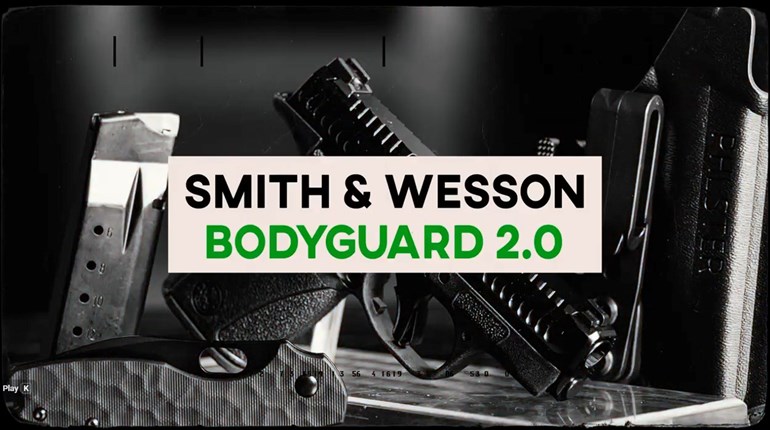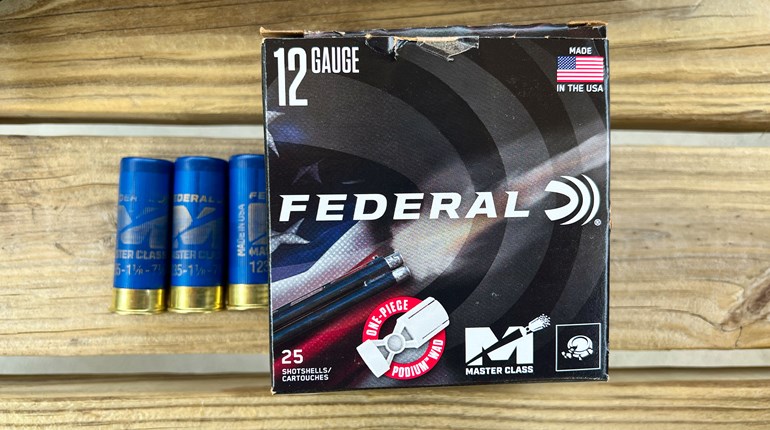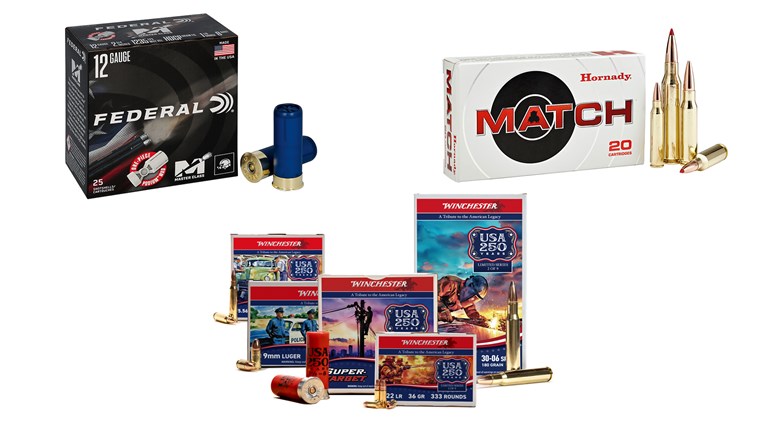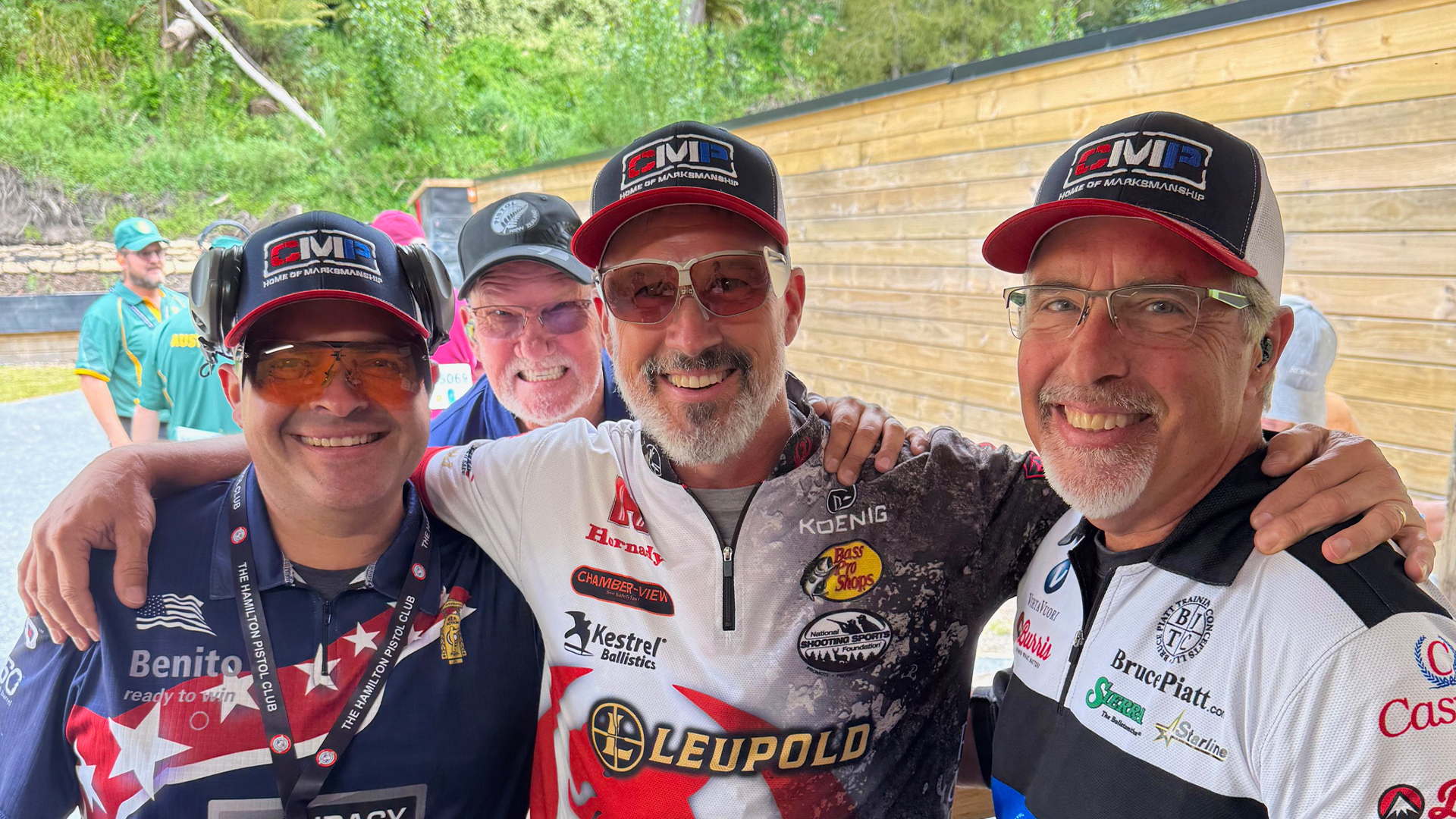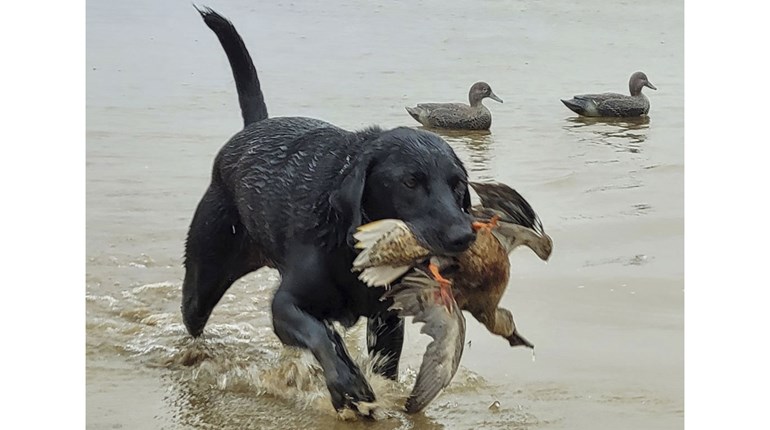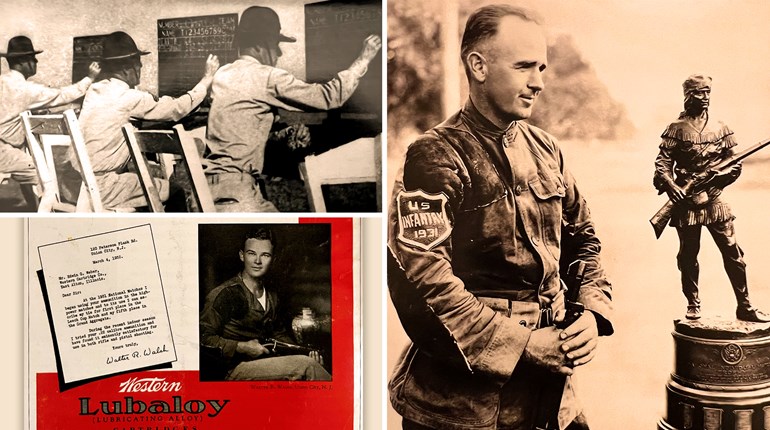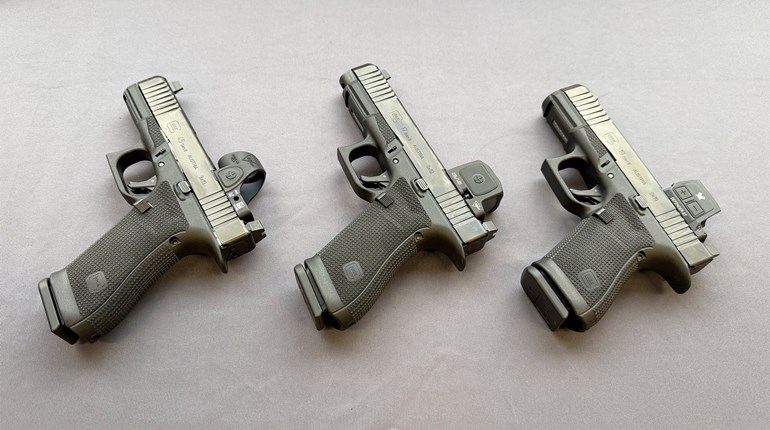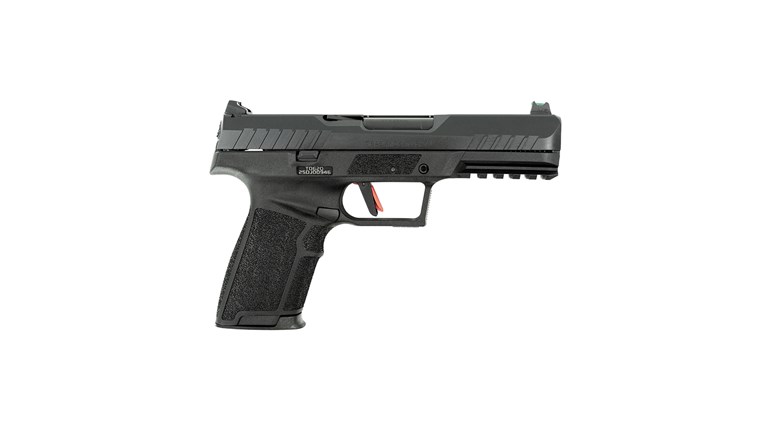
Federal’s hot new ammo is .30 Super Carry, a .32 caliber semi-automatic round designed to perform like a 9 mm Luger, but offering more rounds in the magazine, thanks to its smaller case diameter. Another selling point—more power than .380 Auto. While .380 Auto produces about 200 foot-pounds of muzzle energy, factory .30 Super Carry pushes a 100-grain bullet to 1,250 f.p.s. with 347 foot-pounds of energy—a significant improvement.

So, how does .30 Super Carry compare to .380 Auto +P? Some ammunition makers (Buffalo Bore, Grizzly Cartridge, NovX and Underwood) load a higher pressure .380 Auto to improve its performance. For example, a typical 95-grain bullet in standard .380 Auto runs around 950 f.p.s. from a 3.75-inch barrel. Buffalo Bore loads that same bullet weight to 1,150 f.p.s. in the +P version. That increases muzzle energy from 190 foot-pounds for 950 f.p.s. to 279 foot-pounds for 1,150 f.p.s. That’s a 47-percent increase in power.
Published ballistics for the .30 Super Carry are from a four-inch barrel. The barrel lengths of currently offered guns in .30 Super Carry measure 3.1 inches in the Smith & Wesson Shield and 3.68 inches in the Smith & Wesson Shield EZ. Additionally, Nighthawk Custom offers this round in their GRP and President models, both sporting five-inch barrels.

How do the .380 Auto +P and .30 Super Carry compare when fired from the same length barrel? For this comparison, I used Smith & Wesson EZ series pistols which both have 3.68-inch barrels. The .30 Super Carry ammo was made by Federal, Remington and Speer, and .380 Auto +P ammo made by Buffalo Bore and Underwood.
Ballistics from the .380 Auto +P ammunition were quite good from the same barrel length. Underwood’s 68-grain Xtreme Defender load ran at 1,392 f.p.s. for 293 foot-pounds of muzzle energy. Their 100-grain hard cast Hi-Tek coated lead bullet ran 1,102 f.p.s. for 270 foot-pounds of energy. Buffalo Bore’s 90- and 95-grain bullets produced 1,141 and 1,121 f.p.s. for 260 and 266 footpounds of muzzle energy, respectively.
Ballistics for .30 Super Carry 100-grain bullets from Federal and Remington ran between 1,157 f.p.s. to 1,178 f.p.s. from the 3.68-inch Smith & Wesson barrel. Muzzle energy ranged from 297 foot-pounds to 308 foot-pounds. Speer’s 115-grain bullet clocked at 1,056 f.p.s. for 285 foot-pounds of energy. These speeds are slower than the published speeds, which you would expect because the Smith & Wesson barrel is 0.32-inch shorter than a four-inch barrel.
My results show that .380 Auto +P ammo gets reasonably close to .30 Super Carry ballistics when they are fired through barrels of the same length. The muzzle energy of the .380 Auto +P ammo averaged 26 foot-pounds less than the .30 Super Carry average. Underwood’s 68-grain Xtreme Defender load was a bit of an outlier, but even if you exclude it from th e data, the average muzzle energy of the .380 Auto +P is still only 33 foot-pounds less than the .30 Super Carry.

Comparing the same weight 100-grain Underwood .380 Auto +P load to the average of the three 100-grain .30 Super Carry loads, the .380 Auto +P is short of the .30 Super Carry by 67 f.p.s. and 33 foot-pounds. That’s not much difference.
I need to point out that .380 Auto +P ammo is significantly more powerful than standard .380 ammo. For example, standard pressure Browning 95-grain FMJ clocked at 913 f.p.s. for 176 foot-pounds of energy from my Smith & Wesson EZ. The Buffalo Bore 95-grain FMJ ammo registered 1,122 f.p.s. and 266 foot-pounds of energy, a difference of 209 f.p.s. and 90 foot-pounds of muzzle energy. That’s around three times the difference than what we see here between the .380 Auto +P and .30 Super Carry.
At present, the .30 Super Carry has an advantage with bullets developed specifically for the new cartridge. In doing so, they can design what works best for attaining the penetration and expansion desired to optimize terminal ballistics.
The .380 Auto +P, however, depends on standard .380 bullets, which might or might not work as well when driven at much higher-than-normal speeds. A video posted to YouTube by the Shop Time channel found that the .380 Auto +P version of Underwood’s 90-grain XTP JHP penetrated about two inches farther in gel than the standard pressure version. But this is just one bullet of several designs offered, and they might respond differently to the increased speed.

A big advantage goes to the .30 Super Carry because it allows more rounds in a magazine of the same length as a .380 Auto. The Smith & Wesson EZ .30 Super Carry holds 10+1 rounds, while the Smith & Wesson EZ .380 holds 8+1 rounds. More ammo is always better. But if you want to stick with .380 Auto, the +P ammo will get you close to the ballistics of .30 Super Carry. [Note: SAAMI approved .30 Super Carry in July 2022—Ed.]





